Visit to download the full and correct content document: https://ebookmass.com/product/reference-frame-theory-development-and-application s-1st-edition-paul-c-krause/
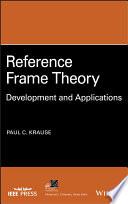
More products digital (pdf, epub, mobi) instant download maybe you interests ...

Care in Healthcare: Reflections on Theory and Practice
1st Edition Franziska Krause
https://ebookmass.com/product/care-in-healthcare-reflections-ontheory-and-practice-1st-edition-franziska-krause/
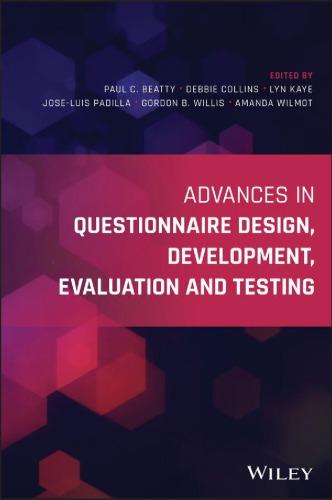
Advances In Questionnaire Design, Development, Evaluation And Testing Paul C. Beatty
https://ebookmass.com/product/advances-in-questionnaire-designdevelopment-evaluation-and-testing-paul-c-beatty/
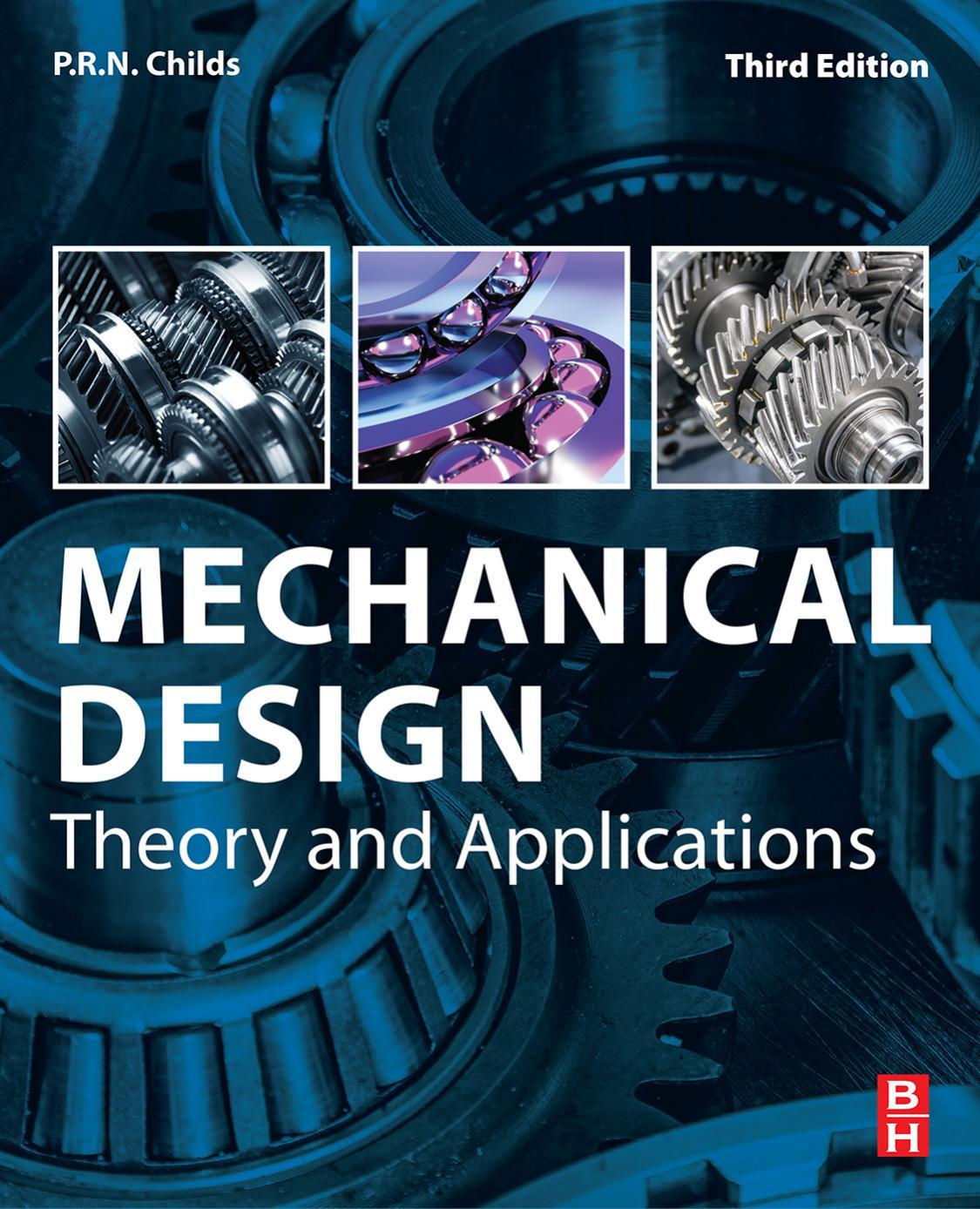
Mechanical Design: Theory and Applications T. H. C. Childs
https://ebookmass.com/product/mechanical-design-theory-andapplications-t-h-c-childs/

Talking About: An Intentionalist Theory of Reference
1st Edition Elmar Unnsteinsson
https://ebookmass.com/product/talking-about-an-intentionalisttheory-of-reference-1st-edition-elmar-unnsteinsson/
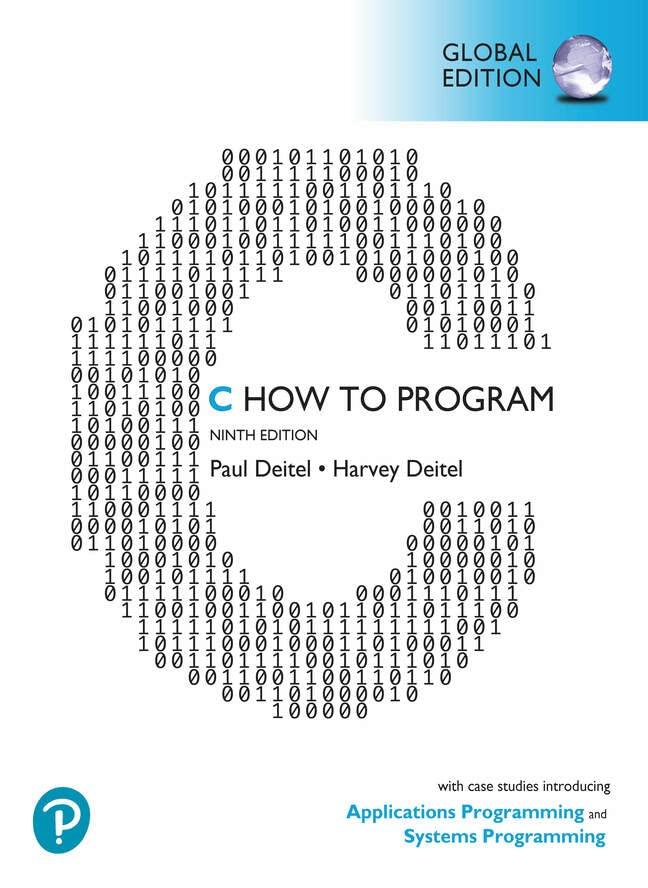
C How to Program: With Case Studies in Applications and Systems Programming, Global Edition Paul Deitel
https://ebookmass.com/product/c-how-to-program-with-case-studiesin-applications-and-systems-programming-global-edition-pauldeitel/
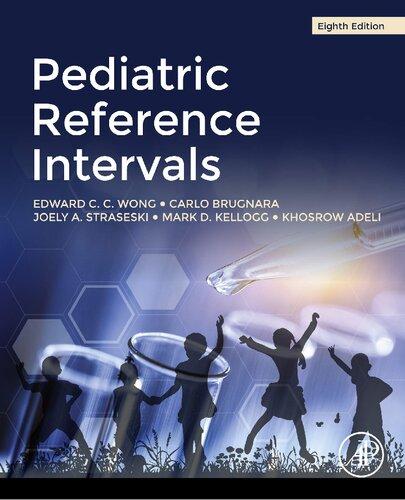
Pediatric reference intervals 8th Edition Edward C. Wong
https://ebookmass.com/product/pediatric-reference-intervals-8thedition-edward-c-wong/
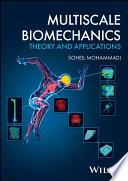
Multiscale
Biomechanics: Theory And Applications 1st Edition Soheil Mohammadi
https://ebookmass.com/product/multiscale-biomechanics-theory-andapplications-1st-edition-soheil-mohammadi/
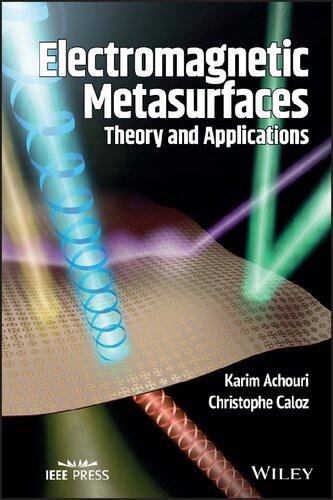
Electromagnetic Metasurfaces: Theory and Applications (Wiley - IEEE) 1st Edition Karim Achouri
https://ebookmass.com/product/electromagnetic-metasurfacestheory-and-applications-wiley-ieee-1st-edition-karim-achouri/
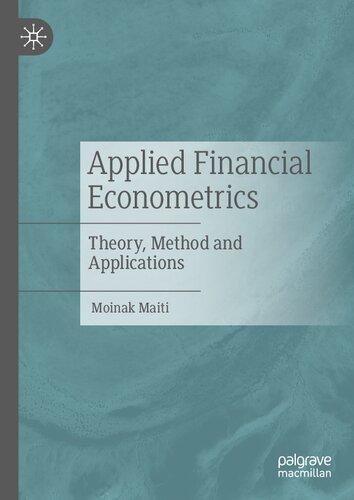
Applied Financial Econometrics: Theory, Method and Applications 1st Edition Maiti
https://ebookmass.com/product/applied-financial-econometricstheory-method-and-applications-1st-edition-maiti/
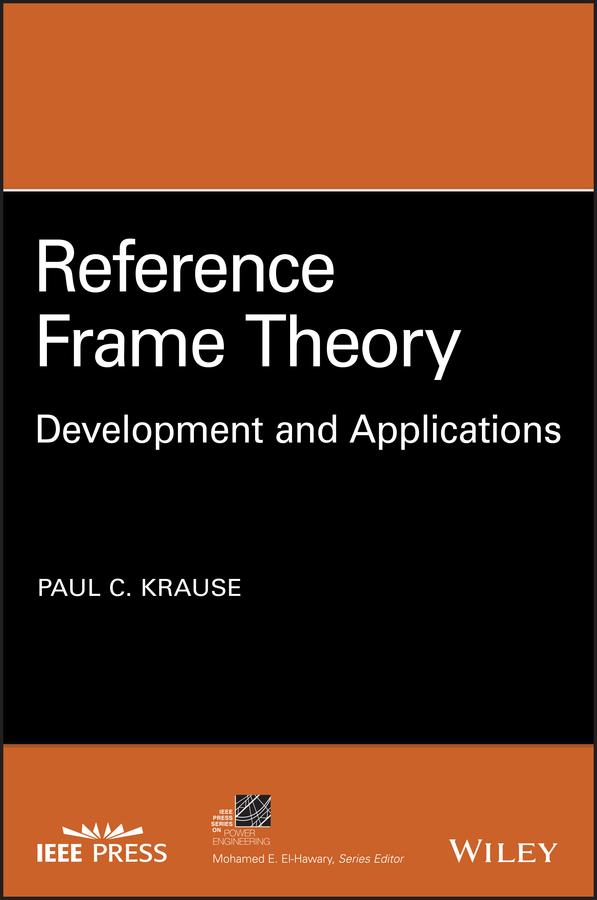
ReferenceFrameTheory
SeriesEditor:M.E.El-Hawary,DalhousieUniversity,Halifax,NovaScotia, Canada
ThemissionofIEEEPressSeriesonPowerEngineeringistopublishleading-edge booksthatcoverthebroadspectrumofcurrentandforward-lookingtechnologiesinthisfast-movingarea.Theseriesattractshighlyacclaimedauthorsfrom industry/academiatoprovideaccessiblecoverageofcurrentandemergingtopics inpowerengineeringandalliedfields.Ourtargetaudienceincludesthepower engineeringprofessionalwhoisinterestedinenhancingtheirknowledgeandperspectiveintheirareasofinterest.
1.ElectricPowerSystems:DesignandAnalysis,RevisedPrinting MohamedE.El-Hawary
2.PowerSystemStability
EdwardW.Kimbark
3.AnalysisofFaultedPowerSystems
PaulM.Anderson
4.InspectionofLargeSynchronousMachines:Checklists,FailureIdentification, andTroubleshooting
IsidorKerszenbaum
5.ElectricPowerApplicationsofFuzzySystems MohamedE.El-Hawary
6.PowerSystemProtection
PaulM.Anderson
7.SubsynchronousResonanceinPowerSystems
PaulM.Anderson,B.L.Agrawal,andJ.E.VanNess
8.UnderstandingPowerQualityProblems:VoltageSagsandInterruptions MathH.Bollen
9.AnalysisofElectricMachinery
PaulC.Krause,OlegWasynczuk,andS.D.Sudhoff
10.PowerSystemControlandStability,RevisedPrinting PaulM.AndersonandA.A.Fouad
11.PrinciplesofElectricMachineswithPowerElectronicApplications, SecondEdition MohamedE.El-Hawary
12.PulseWidthModulationforPowerConverters:PrinciplesandPractice D.GrahameHolmesandThomasA.Lipo
13.AnalysisofElectricMachineryandDriveSystems,SecondEdition PaulC.Krause,OlegWasynczuk,andScottD.Sudhoff
14.RiskAssessmentforPowerSystems:Models,Methods,andApplications WenyuanLi
15.OptimizationPrinciples:PracticalApplicationstotheOperationofMarkets oftheElectricPowerIndustry NarayanS.Rau
16.ElectricEconomics:RegulationandDeregulation GeoffreyRothwellandTomasGomez
17.ElectricPowerSystems:AnalysisandControl FabioSaccomanno
18.ElectricalInsulationforRotatingMachines:Design,Evaluation,Aging, Testing,andRepair,SecondEdition
GregC.Stone,IanCulbert,EdwardA.Boulter,andHusseinDhirani
19.SignalProcessingofPowerQualityDisturbances MathH.J.BollenandIreneY.H.Gu
20.InstantaneousPowerTheoryandApplicationstoPowerConditioning HirofumiAkagi,EdsonH.Watanabe,andMauricioAredes
21.MaintainingMissionCriticalSystemsina24/7Environment PeterM.Curtis
22.ElementsofTidal-ElectricEngineering RobertH.Clark
23.HandbookofLargeTurbo-GeneratorOperationandMaintenance, SecondEdition
GeoffKlempnerandIsidorKerszenbaum
24.IntroductiontoElectricalPowerSystems MohamedE.El-Hawary
25.ModelingandControlofFuelCells:DistributedGenerationApplications M.HashemNehrirandCaishengWang
26.PowerDistributionSystemReliability:PracticalMethodsandApplications AliA.ChowdhuryandDonO.Koval
27.IntroductiontoFACTSControllers:Theory,Modeling,andApplications KalyanK.SenandMeyLingSen
28.EconomicMarketDesignandPlanningforElectricPowerSystems JamesMomohandLamineMili
29.OperationandControlofElectricEnergyProcessingSystems
JamesMomohandLamineMili
30.RestructuredElectricPowerSystems:AnalysisofElectricityMarketswith EquilibriumModels Xiao-PingZhang
31.AnIntroductiontoWaveletModulatedInverters S.A.SalehandM.AzizurRahman
32.ControlofElectricMachineDriveSystems Seung-KiSul
33.ProbabilisticTransmissionSystemPlanning WenyuanLi
34.ElectricityPowerGeneration:TheChangingDimensions DigambarM.Tagare
35.ElectricDistributionSystems
AbdelhayA.SallamandOmP.Malik
36.PracticalLightingDesignwithLEDs RonLenkandCarolLenk
37.HighVoltageandElectricalInsulationEngineering RavindraAroraandWolfgangMosch
38.MaintainingMissionCriticalSystemsina24/7Environment,SecondEdition PeterM.Curtis
39.PowerConversionandControlofWindEnergySystems BinWu,YongqiangLang,NavidZargari,andSamirKouro
40.IntegrationofDistributedGenerationinthePowerSystem MathH.J.BollenandFainanHassan
41.DoublyFedInductionMachine:ModelingandControlforWindEnergy Generation
GonzaloAbad,JesúsLópez,MiguelRodrigues,LuisMarroyo,andGrzegorz Iwanski
42.HighVoltageProtectionforTelecommunications StevenW.Blume
43.SmartGrid:FundamentalsofDesignandAnalysis
JamesMomoh
44.ElectromechanicalMotionDevices,SecondEdition PaulKrause,OlegWasynczuk,andStevenPekarek
45.ElectricalEnergyConversionandTransport:AnInteractiveComputer-Based Approach,SecondEdition
GeorgeG.KaradyandKeithE.Holbert
46.ARCFlashHazardandAnalysisandMitigation J.C.Das
47.HandbookofElectricalPowerSystemDynamics:Modeling,Stability,and Control MirceaEremiaandMohammadShahidehpour
48.AnalysisofElectricMachineryandDriveSystems,ThirdEdition PaulKrause,OlegWasynczuk,ScottSudhoff,andStevenPekarek
49.ExtrudedCablesforHigh-VoltageDirect-CurrentTransmission:Advancesin ResearchandDevelopment
GiovanniMazzantiandMassimoMarzinotto
50.PowerMagneticDevices:AMulti-ObjectiveDesignApproach
S.D.Sudhoff
51.RiskAssessmentofPowerSystems:Models,Methods,andApplications, SecondEdition WenyuanLi
52.PracticalPowerSystemOperation EbrahimVaahedi
53.TheSelectionProcessofBiomassMaterialsfortheProductionofBio-Fuels andCo-Firing NajibAltawell
54.ElectricalInsulationforRotatingMachines:Design,Evaluation,Aging, Testing,andRepair,SecondEdition
GregC.Stone,IanCulbert,EdwardA.Boulter,andHusseinDhirani
55.PrinciplesofElectricalSafety
PeterE.Sutherland
56.AdvancedPowerElectronicsConverters:PWMConvertersProcessingAC Voltages
EuzeliCiprianodosSantosJr.andEdisonRobertoCabraldaSilva
57.OptimizationofPowerSystemOperation,SecondEdition JizhongZhu
58.PowerSystemHarmonicsandPassiveFilterDesigns J.C.Das
59.DigitalControlofHigh-FrequencySwitched-ModePowerConverters LucaCorradini,DraganMaksimovic,PaoloMattavelli,andReganZane
60.IndustrialPowerDistribution,SecondEdition
RalphE.Fehr,III
61.HVDCGrids:ForOffshoreandSupergridoftheFuture DirkVanHertem,OriolGomis-Bellmunt,andJunLiang
62.AdvancedSolutionsinPowerSystems:HVDC,FACTS,andArtificial Intelligence
MirceaEremia,Chen-ChingLiu,andAbdel-AtyEdris
63.OperationandMaintenanceofLargeTurbo-Generators GeoffKlempnerandIsidorKerszenbaum
64.ElectricalEnergyConversionandTransport:AnInteractiveComputer-Based Approach
GeorgeG.KaradyandKeithE.Holbert
65.ModelingandHigh-PerformanceControlofElectricMachines JohnChiasson
66.RatingofElectricPowerCablesinUnfavorableThermalEnvironment GeorgeJ.Anders
67.ElectricPowerSystemBasicsfortheNonelectricalProfessional StevenW.Blume
68.ModernHeuristicOptimizationTechniques:TheoryandApplicationsto PowerSystems KwangY.LeeandMohamedA.El-Sharkawi
69.Real-TimeStabilityAssessmentinModernPowerSystemControlCenters SavuC.Savulescu
70.OptimizationofPowerSystemOperation JizhongZhu
71.InsulatorsforIcingandPollutedEnvironments MasoudFarzanehandWilliamA.Chisholm
72.PIDandPredictiveControlofElectricDevicesandPowerConvertersUsing MATLAB®/Simulink® LiupingWang,ShanChai,DaeYoo,LuGan,andKiNg
73.PowerGridOperationinaMarketEnvironment:EconomicEfficiencyand RiskMitigation HongChen
74.ElectricPowerSystemBasicsfortheNonelectricalProfessional, SecondEdition StevenW.Blume
75.EnergyProductionSystemsEngineering ThomasHowardBlair
76.ModelPredictiveControlofWindEnergyConversionSystems VenkataYaramasuandBinWu
77.UnderstandingSymmetricalComponentsforPowerSystemModeling J.C.Das
78.High-PowerConvertersandACDrives,SecondEdition BinWuandMehdiNarimani
79.CurrentSignatureAnalysisforConditionMonitoringofCageInduction Motors:IndustrialApplicationandCaseHistories WilliamT.ThomsonandIanCulburt
80.IntroductiontoElectricPowerandDriveSystems PaulKrause,OlegWasynczuk,TimothyO’Connell,andMaherHasan
81.InstantaneousPowerTheoryandApplicationstoPowerConditioning, SecondEdition HirofumiAkagi,EdsonHirokazuWatanabe,andMauricioAredes
82.PracticalLightingDesignwithLEDs,SecondEdition RonLenkandCarolLenk
83.IntroductiontoACMachineDesign
ThomasA.Lipo
84.AdvancesinElectricPowerandEnergySystems:LoadandPriceForecasting MohamedE.El-Hawary
85.ElectricityMarkets:TheoriesandApplications JeremyLinandFernandoH.Magnago
86.MultiphysicsSimulationbyDesignforElectricalMachines,Power Electronics,andDrives MariusRosu,PingZhou,DingshengLin,DanIonel,MirceaPopescu,Frede Blaabjerg,VandanaRallabandi,andDavidStaton
87.ModularMultilevelConverters:Analysis,Control,andApplications SixingDu,ApparaoDekka,BinWu,andNavidZargari
88.ElectricalRailwayTransportationSystems MorrisBrenna,FedericaFoiadelli,andDarioZaninelli
89.EnergyProcessingandSmartGrid
JamesA.Momoh
90.HandbookofLargeTurbo-GeneratorOperationandMaintenance, ThirdEdition GeoffKlempnerandIsidorKerszenbaum
91.AdvancedControlofDoublyFedInductionGeneratorforWindPower Systems
DehongXu,FredeBlaabjerg,WenjieChen,andNanZhu
92.ElectricDistributionSystems,SecondEdition AbdelhayA.SallamandOmP.Malik
93.PowerElectronicsinRenewableEnergySystemsandSmartGrid: TechnologyandApplications BimalK.Bose
94.PowerSystemandControlandStability,ThirdEdition VijayVittal,JamesD.McCalley,PaulM.Anderson,andA.A.Fouad
95.ElectromechanicalMotionDevices:RotatingMagneticField-Based AnalysisandOnlineAnimations,ThirdEdition PaulKrause,OlegWasynczuk,StevenD.Pekarek,andTimothyO’Connell
ReferenceFrameTheory DevelopmentandApplications
PaulC.Krause
Copyright©2020byTheInstituteofElectricalandElectronicsEngineers,Inc.Allrights reserved.
PublishedbyJohnWiley&Sons,Inc.,Hoboken,NewJersey. PublishedsimultaneouslyinCanada.
Nopartofthispublicationmaybereproduced,storedinaretrievalsystem,ortransmittedinany formorbyanymeans,electronic,mechanical,photocopying,recording,scanning,orotherwise, exceptaspermittedunderSection107or108ofthe1976UnitedStatesCopyrightAct,without eitherthepriorwrittenpermissionofthePublisher,orauthorizationthroughpaymentofthe appropriateper-copyfeetotheCopyrightClearanceCenter,Inc.,222RosewoodDrive,Danvers, MA01923,(978)750-8400,fax(978)750-4470,oronthewebatwww.copyright.com.Requeststo thePublisherforpermissionshouldbeaddressedtothePermissionsDepartment,JohnWiley& Sons,Inc.,111RiverStreet,Hoboken,NJ07030,(201)748-6011,fax(201)748-6008,oronlineat http://www.wiley.com/go/permission.
LimitofLiability/DisclaimerofWarranty:Whilethepublisherandauthorhaveusedtheirbest effortsinpreparingthisbook,theymakenorepresentationsorwarrantieswithrespecttothe accuracyorcompletenessofthecontentsofthisbookandspecificallydisclaimanyimplied warrantiesofmerchantabilityorfitnessforaparticularpurpose.Nowarrantymaybecreatedor extendedbysalesrepresentativesorwrittensalesmaterials.Theadviceandstrategiescontained hereinmaynotbesuitableforyoursituation.Youshouldconsultwithaprofessionalwhere appropriate.Neitherthepublishernorauthorshallbeliableforanylossofprofitoranyother commercialdamages,includingbutnotlimitedtospecial,incidental,consequential,orother damages.
Forgeneralinformationonourotherproductsandservicesorfortechnicalsupport,please contactourCustomerCareDepartmentwithintheUnitedStatesat(800)762-2974,outsidethe UnitedStatesat(317)572-3993orfax(317)572-4002.
Wileyalsopublishesitsbooksinavarietyofelectronicformats.Somecontentthatappearsin printmaynotbeavailableinelectronicformats.FormoreinformationaboutWileyproducts, visitourwebsiteatwww.wiley.com.
LibraryofCongressCataloging-in-PublicationData
Names:Krause,PaulC.,author.
Title:Referenceframetheory:developmentandapplications/PaulC. Krause,PCKrauseandAssociates.
Description:Firstedition.|Hoboken,NewJersey:Wiley-IEEEPress, [2020]|Includesbibliographicalreferenceandindex.
Identifiers:LCCN2020029315(print)|LCCN2020029316(ebook)|ISBN 9781119721635(cloth)|ISBN9781119721635(paperback)|ISBN 9781119721628(adobepdf)|ISBN9781119721659(epub)
Subjects:LCSH:Relativity(Physics)
Classification:LCCQC173.5.K732020(print)|LCCQC173.5(ebook)|DDC 530.11–dc23
LCrecordavailableathttps://lccn.loc.gov/2020029315
LCebookrecordavailableathttps://lccn.loc.gov/2020029316
Setin9.5/12.5ptSTIXTwoTextbySPiGlobal,Chennai,India
PrintedintheUnitedStatesofAmerica. 10987654321
Contents
AbouttheAuthor xv
Preface xvii
1ABriefHistoryofReferenceFrameTheory 1 References 3
2Tesla’sRotatingMagneticField 5
2.1Introduction 5
2.2RotatingMagneticFieldforSymmetricalTwo-PhaseStator Windings 5
2.3RotatingMagneticFieldforSymmetricalThree-PhaseStator Windings 11
2.4RotatingMagneticFieldforSymmetricalTwo-PhaseRotor Windings 13
2.5RotatingMagneticFieldforSymmetricalThree-PhaseRotor Windings 15
2.6ClosingComments 17 References 17
3Tesla’sRotatingMagneticFieldandReferenceFrame Theory 19
3.1Introduction 19
3.2TransformationofTwo-PhaseSymmetricalStatorVariablestothe ArbitraryReferenceFrame 20
3.3TransformationofTwo-PhaseSymmetricalRotorVariablestothe ArbitraryReferenceFrame 24
3.4TransformationofThree-PhaseStatorandRotorVariablestothe ArbitraryReferenceFrame 26
3.5BalancedSteady-StateStatorVariablesViewedfromAnyReference Frame 31
3.6ClosingComments 35 References 35
4EquivalentCircuitsfortheSymmetricalMachine 37
4.1Introduction 37
4.2Flux-LinkageEquationsforaMagneticallyLinearTwo-Phase SymmetricalMachine 37
4.3Flux-LinkageEquationsintheArbitraryReferenceFrame 39
4.4TorqueExpressioninArbitraryReferenceFrame 41
4.5InstantaneousandSteady-StatePhasors 42
4.6Flux-LinkageEquationsforaMagneticallyLinearThree-Phase SymmetricalMachineandEquivalentCircuit 45
4.7ClosingComments 49 References 50
5SynchronousMachines 51
5.1Introduction 51
5.2SynchronousMachine 51
5.3EquivalentCircuitForThree-PhaseSynchronous Generator 53
5.4ClosingComment 57 Reference 57
6BrushlessdcDrivewithFieldOrientation 59
6.1Introduction 59
6.2ThePermanent-MagnetacMachine 59
6.3InstantaneousandSteady-StatePhasors 62
6.4FieldOrientationofaBrushlessdcDrive 65
6.5TorqueControlofaBrushlessdcDrive 75
6.6ClosingComments 78 References 79
7FieldOrientationofInductionMachineDrives 81
7.1Introduction 81
7.2FieldOrientationofaSymmetricalMachine 81
7.3TorqueControlofField-OrientatedSymmetrical Machine 86
7.4ClosingComments 89 References 89
8AdditionalApplicationsofReferenceFrameTheory 91
8.1Introduction 91
8.2NeglectingStatorTransients 91
8.3SymmetricalComponentsDerivedbyReferenceFrameTheory 93
8.4MultipleReferenceFrames 97
8.5ClosingComments 97 References 97
Index 99
AbouttheAuthor
PaulC.Krause receivedaBSEEin1956,aBSMEin1957,andaMSEEin1958 fromtheUniversityofNebraska.HereceivedaPhDinEEin1961fromKansas University.Hetaughtatseveralcollegesfor52yearsretiringin2009,after39 yearsasafullprofessor,withPurdueUniversity.Heisthe2010recipientofthe IEEENikolaTeslaAward.Hehaspublishedover100technicalpapersandfour textbooksinElectricMachinesandDriveswithtwointheirthirdedition.
Preface
ThechangeofvariableswasintroducedtomeatthebeginningofthePhD program.Atthattime,itwasamysteryastowherethetransformationoriginated, anditremainedamysteryfornearly60years.AlthoughtherehasbeenconsiderableworkintheareasinceParkwrotehis1929paper,noonetomyknowledge hassetforththebasisofthetransformation.Withtheadventofthecomputerand powerelectronics,referenceframetheoryhasbecomenecessaryintheteaching ofmachinesanddrives.However,theconceptofreferenceframetheorywas difficulttoteachsincethetransformationseemedtoappearfromoutoftheblue. Onehadtomoreorlessacceptthatitworked.
In2016,duringthewritingof“IntroductiontoPowerandDriveSystems,”the connectionbetweenTesla’srotatingmagneticfieldandreferenceframetheorywas uncovered,anditthenbecameclearthatthechangeofvariablesmadethesubstitutevariablesportraythecorrectviewofTesla’srotatingmagneticfieldfrom agivenreferenceframe.Thisgavemeaningtothetransformation,anditisnow easiertounderstand.Thisinformationwaslaterpublishedinthethirdeditionof “ElectromechanicalMotionDevices”andanIEEEPaper.
Thisbookcoverssomeoftheaspectsofreferenceframetheorythattheauthor hasbeeninvolvedwithduringthepast60years,fromthearbitraryreferenceframe tothebasisofreferenceframetheoryandfieldorientation.Otherworkincludingneglectingstatortransients,multiplereferenceframes,andtherelationofthe transformationtosymmetricalcomponentsarealsodiscussed.
ItisinterestingthatreferenceframetheoryiscontainedinTesla’srotatingmagneticfield,whichisthebasisofallknownrealtransformations.Moreover,since thearbitraryreferenceframecanbeusedtoderivesymmetricalcomponents, Tesla’srotatingmagneticfield,althoughnotasdirect,canalsobeconsidered thebasisforcomplextransformationssuchasthesymmetricalcomponent transformation.Thus,itappearsthatalltransformations,realandcomplex,used inthepoweranddrivesareascanbetracedbacktoTesla’srotatingmagnetic field.
